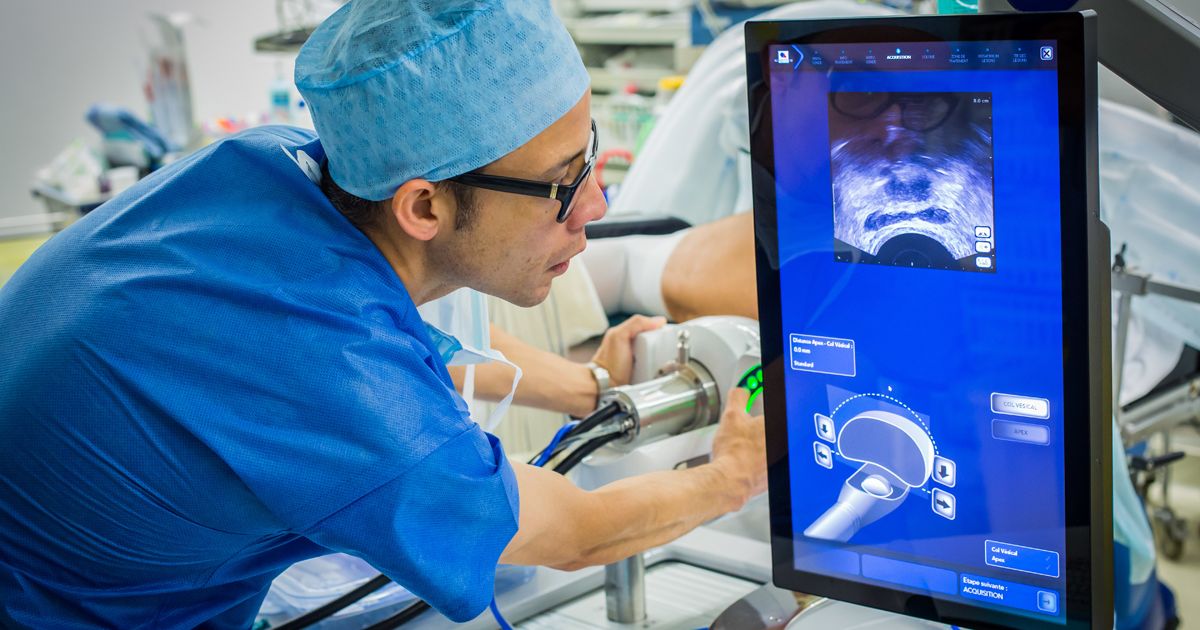Causes, Symptoms, And Treatments Of An Enlarged Prostate
Treatment Options

Treatment of an enlarged prostate may range from minimally invasive office procedures to surgery or medication. They will depend on a man’s age, overall health, and the size of the prostate gland. A man in his eighties may require the immediate treatment of surgery, while a man in his fifties may choose to take medication. The American Urological Association states that surgery is the best method for reducing symptoms; however, it has more risks than other treatments and may be harder for an older male to recover from.
The Different Types Of Surgeries

Fortunately, there are numerous surgeries that can be performed to help reduce symptoms of BPH or treat the problem altogether. The different types of surgeries available that help BPH includes transurethral resection of the prostate (TURP), transurethral incision of the prostate (TUIP), a prostatectomy, and various types of laser surgery. TURP is the most common type of surgery done for an enlarged prostate and has proven to reduce the greatest amount of symptoms in a patient. Requiring a short recovery time and is less traumatic than open surgery, TURP involves an electrical loop that cuts tissue and seals blood vessels, and only the tissue growth that is pressing against the urethra is removed to allow urine to flow more easily.
TUIP is another common procedure done to help relieve symptoms of BPH and involves making cuts in the prostate instead of removing the affected prostate tissue, as these cuts reduce pressure on the urethra, resulting in easier urination. Symptom relief is slower than TURP, but patients have less side effects with TUIP than TURP, are able to go home the same day, and only wear a catheter for a day or two.
